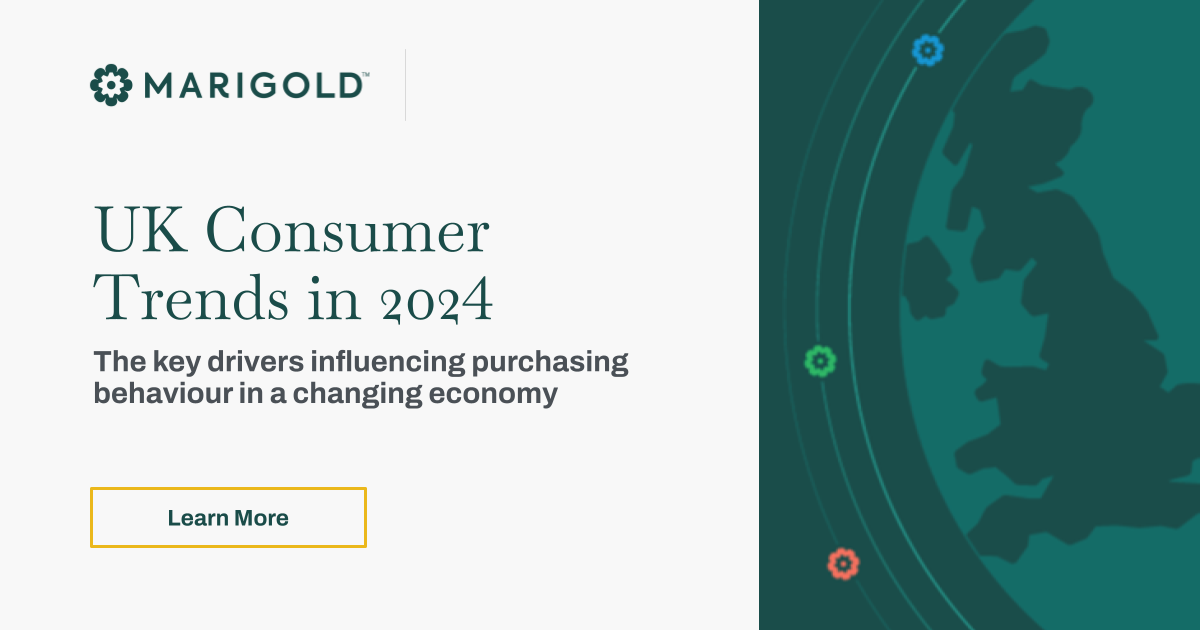Desktop continues to trump smartphone in directing online traffic from print
17 Jul 2001
Consumers driven online by brand and charity print marketing are three times more likely to visit their websites via a desktop or laptop than a smartphone or tablet, new research published by the DMA reveals.
According to the findings of the DMA’s inaugural Mobilising print media report 54% of the 1,000 UK adult consumers polled ‘often’ visit a brand or charity’s website in response to receiving a piece of advertising mail, door drop or insert, with 75% doing so via desktop or laptop. Just 25% say they do so on a smartphone or tablet.
The most common barrier to using mobile connected devices named by consumers is mobile website functionality, with one in four (27%) citing the difficulty in scrolling and browsing products, and 23% saying that buttons are too small to enable effective use. One in five (22%) stated concerns about data security about their preference for desktop over mobile connected devices.
However, in spite of these barriers two in five (18%) of the consumers polled said they had bought a product or service via smartphone or tablet in the past month.
According to Mark Davies, member of the DMA’s Door Drop Board Committee and managing director of TNT Post Ltd, print and digital integration is gaining great traction among consumers:
“The results show that while consumer behaviour is trending towards the digital, print media is still playing a vital role in their consideration acting as a key stimulus to go online.”
In other findings, 5% of consumers ‘always’ visit a brand's social media page, download a mobile app or sign up for an email in response to print marketing about a product or service they're interested in. One in three (30%) of consumers have ‘sometimes’ used a mobile connected device to scan a QR code, while one in four (23%) ‘sometimes’ use an AR app.
Nick Barnard, chair of the DMA Inserts Council and head of Telegraph Reach at Telegraph Media Group, said:
“Today, the path to purchase is more complex than often thought, particularly on how certain media channels are perceived. What media owners, agencies and clients need to remember is that in the end the consumer is always the most integrated and important person in the marketing mix.”
The findings of the DMA’s Mobilising print media can be viewed by downloading the infographic from www.dma.org.uk/mobilisingprintmedia
Notes to editors
The DMA’s Mobilising print media survey was conducted using Toluna QuickSurveys’ panel of 1,000 UK consumers. 40% of the respondents were male whilst 60% were female. 39% were 18-34 years-olds, 36% were 35-54 year-olds and 25% were over 54 years old.
Contact
Ed Owen, Head of PR
Tel. 020 7291 3324
Email ed.owen@dma.org.uk





Please login to comment.
Comments